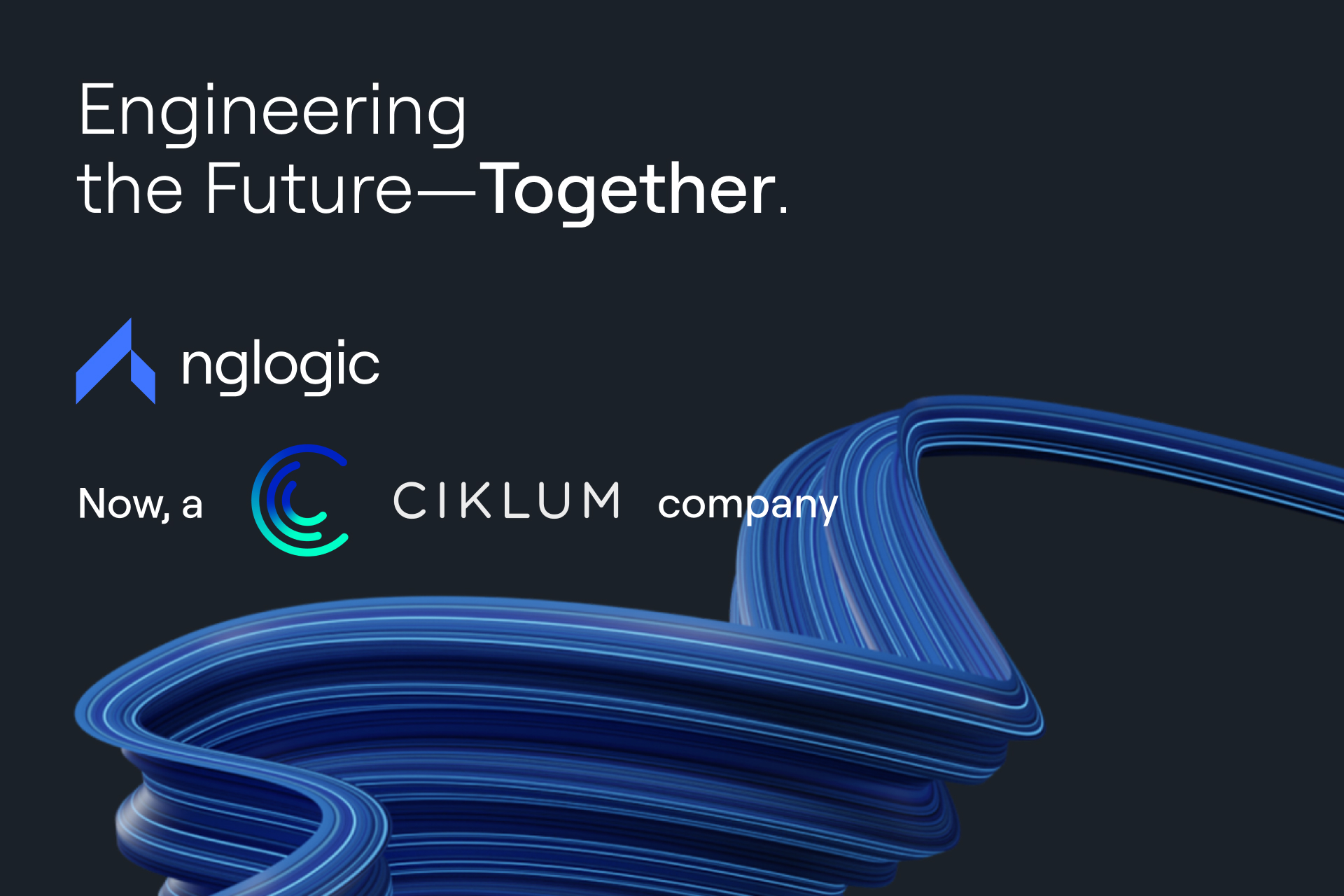Being a CTO is a very fulfilling opportunity. It gives the possibility to shape innovative products in terms of their technology, MVPs and the overall design. Being a CTO means taking full responsibility for the company’s overall development including product management and scalability, tech stack, team growth, and management and often overseeing the next version of the product. All of this might get somewhat overwhelming, and when it does, it might be a good idea to find a partner who can take some of the problems off a CTO’s head.
Bringing on board an external partner with a lot of experience can make a CTO’s job so much easier. Of course, not everything can and should be outsourced, but there are certain things that a software house can take off a CTO’s head. It’s a very individual thing and it all goes down to what kind of challenges are you and your company facing at the moment and what are the defined goals.
A good software house should act more as a consulting partner that works hand-in-hand with you rather than just a place where you outsource your development. There are way more things that a software house can do for a CTO to make his life much easier.
Building the MVP
MVP or Minimum Viable Product is an early version of the product to satisfy the needs of early customers and at the same time be a base for further development by utilizing early feedback. Often it’s a starting point for a company’s product design. It helps channel all the ideas that pop out during the early stage of product design. Many companies struggle with defining their MVP. It’s always a key question about functionality and overall early product shape. Without proper experience, it is very easy to overlook major components or put your focus (and resources) at a wrong place.
The importance of an MVP can’t be overstated. It is crucial to define the minimum components that need to be implemented upon the product launch. These minimum requirements need to be defined in such a way that the product can create an early user base and can be scaled up in the later stages of its lifecycle. Finally, a good MVP should be designed in such a way that it can be transitioned into the V2 of the product with minimum effort.
Since building a good MVP is no easy task, many companies decide to bring external partners on board to help them deal with that project. An experienced partner can bring a lot to the table. Working with this kind of company takes away a lot of the guesswork in the beginning. You don’t have to reinvent the wheel. Granted that finding a reliable partner also might not come as an easy task. Here you can find some info on how to make the process more optimized.
Sourcing talents
Whether you try to find developers, testers, system architects, data scientists or other professionals, getting the right talents might get somewhat tricky at times. It’s not uncommon that companies struggle for weeks or even months to build up a quality team. It’s not an easy task that can generate many obstacles along the way. As a result many companies simply fail at finding the right talents for their project. This might be due to a lack of understanding and meeting a candidate’s needs or simply as a result of a limited local (or regional) talent pool. Apart from finding and recruiting the right candidates, talent management is a part that often takes a lot of a CTO’s time.
Team augmentation or team outsourcing might be the right solution to manage this task and optimize the whole process. Many software houses offer not only custom software design but also team outsourcing services, often through offshoring which helps to bring on board a much broader talent pool. When talking about team offshoring, not all regions are equal. Picking a distant region to source engineers and finding a partner that can deliver on that might be one of the key decisions to be made in terms of team development strategy.
One of the regions that seems to have engineers available in fairly large numbers and affordable rates is Central Eastern Europe. This part of the world is being considered by many tech companies as worth checking out when sourcing for IT engineers of any kind. You can read more on offshoring to CEE here.
Product management
A Product Manager and a CTO have vastly different perspectives and different responsibilities towards the product they are working on. In terms of product management, a CTO’s main focus is development and delivery. Finding the right software architecture and appropriate technology stack is one of the crucial elements of this task. Very often it makes sense to outsource building a new product or updating an existing one, as it requires a lot of experience, knowledge and is highly time-consuming.
Finding the right partner, who can act as a consultant with a broad experience in delivering somewhat similar products might make a CTO’s life so much easier. Keeping in mind that they won’t do everything for you but certainly can take a lot of load off your back, especially the more operational, every day, time-consuming objectives. Living more room for overseeing the broad picture and focusing on the strategic approach.
Application architecture
Choosing the correct architecture for an application is not an easy task. No matter if we are talking about designing a new application or migrating a pre-existing system to a new type of architecture. This might get somewhat overwhelming pretty fast. There are many things to consider and the answer might not always be clear. Each solution will have its pros and cons and at times there might not be one definitive best way to proceed.
Architecture is one of the most important parts of software design. A well-designed software architecture makes a solid foundation for your project, that allows high-capacity of scalability and increases performance while reducing costs by avoiding code duplicity. On the other hand, an incoherent architecture might cause a lot of trouble and make you lose a lot of money as a result.
Microservice-based architecture seems to be the right choice for many companies. Even though it’s not perfect and certainly not a universal solution for every case scenario, it seems that it’s ticking many of the right boxes. If you would like to know more about microservices and designing proper software architecture for your system you can read more on that here.
If you are planning to migrate your architecture to microservices you can get some help here.
QA and testing
When it comes to ensuring high software quality starting early is the key. It might save you spending a lot of time and resources. Not detecting an error or a bug early enough during the development might generate costs 1000 times higher to get rid of it later on during the project.
Let’s assume rectifying an error in the business requirements stage will cost $100, it could be even 10X more in the system requirements stage and 100X more in the high-level design stage or even 1000X more if it’s done even later. In that case, the cost might reach even $100,000 to remove the error in the implementation stage.
You can read a comprehensive insight into the subject of QA and testing here, explaining how it’s one of the most impotent stages in software development.
DevOps
Modern DevOps process is a cornerstone of rapid, seamless releases of your product multiple times per day. It requires a shift in organizational culture, tools and appropriate configuration of infrastructure/platform that results in increased accountability and efficiency of the development teams.
However, building an in-house devops/platform team is not always feasible, for one due to sheer costs of hiring experienced DevOps engineers, for other due to limited availability of talents on the local market. In such a case, outsourcing DevOps might speed up transition to DevOps culture, but on the other hand, it’s not without its shortcomings, like the necessity to bring contractors to your internal processes and the need to manage the communication with the development teams.
The way of dealing with this subject really depends on the particular situation in your company and its goals. In-house DevOps requires vast staffing related resources like workplace etc.
Still, when outsourcing DevOps, companies tend to face fewer failures, rapid decrease of lead time (time from the defining the requirements for the new feature to the release to production). Simultaneously this approach allows for significant cost-cutting risk control, thanks to a flexible cooperation model.
Overseeing version 2.0
After creating the MVP and marketing the first version of the product, that is decently designed, well-received by the market and brings clients and investors on board, it’s time to move forward. There is a high potential in the product but it needs to be more polished, so further development is needed to scale it up. Very often a crucial milestone in a company’s development cycle is creating the 2.0 version of their product and bringing it to the market. It’s often a test if a company can bring its product to the next level and scale itself up.
Scaling up the product and the company in the process is the part when even the most experienced CTOs often opt for some help from an external vendor. Some of the best software houses have the proper experience and know-how to be able to manage and lead the entire process of developing the V2. In some cases, there is no need to outsource the entire process but rather only some of its parts. Either way working with a trusted partner might bring a huge added value to the entire process.
Many companies, when thinking about the V2, start with redesigning their product’s architecture. Designing it in such a way that allows adding new functionalities on the fly and with room for potential further development. There are many ways to achieve the goat, but microservices seem to be one of the most often used. If you want to get some help in redesigning your software architecture you should check this out.
Team management
Changing their role in the company and moving from a more technical perspective to taking on more management related responsibilities is the part where many CTOs tend to struggle the most. Especially when it comes to team management. That’s where team outsourcing might come in handy. It takes a lot of responsibilities from a CTO’s head and lets him focus more on technology side of business strategy.
Team outsourcing might come in many forms and it really depends on the company’s needs and capabilities how this kind of cooperation should look like. Some companies decide to outsource the entire project to an external vendor. That includes the entire project management, development, and testing. This approach leaves you with somewhat less control over the project development but in exchange, you don’t have to worry about every operational detail along the way. Another way of dealing with team outsourcing is by team augmentation. For many companies this kind of approach, where you keep the project management on your side, seems to work pretty well. The trade-off here is that you take full responsibility for the operational side of the project. This means that your know-how needs to be in-line with the project demands.
No matter which approach is chosen, many companies decide to offshore their team management needs. This helps to source talents from outside of the local talent pool while optimizing the payroll budget at the same time. Team offshoring brings a lot to the table for both startups and more mature companies. If you want to read more on the subject you can get some additional info on offshoring success stories here.
















 +1 (888)
413 3806
+1 (888)
413 3806